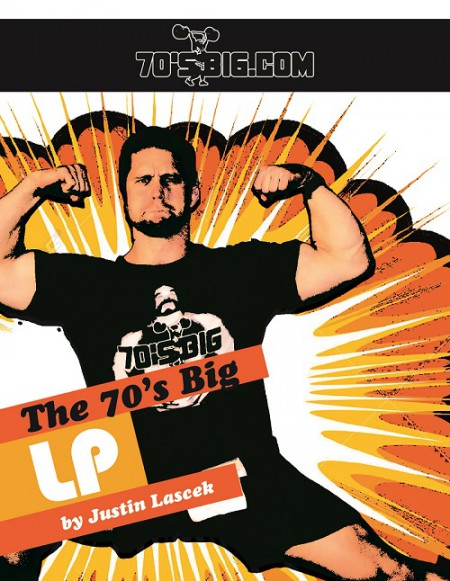PR Friday is a forum to allow you to share your triumphs and failures with your strength training brethren. How has your training been this week? What questions do you have for your peers? Talk and mingle.
Do you have a training question? Ask anyone from the 70′s Big Crew a question in the comments below, on Facebook, or Twitter. Follow 70’s Big on Instagram.
Valentine’s Day Gift — Post lifting videos for critiques to the comments here or on Facebook.
___________
I highly suggest you check out “No Country for Old Lifters“, a new story from Brent Kim at MopeilityWOD.com. It’s a brilliant satirical piece that smashes Cormac McCarthy together with lifting and the omnipresence of loneliness. Or something. And I’m always tickled to make a cameo…
___________
Here’s a short excerpt for the new book, which is kind of a late stage novice or early intermediate strength program, but billed as an upper body focused program. This excerpt is in a section called “More Tension Means More Muscle” and is in a later chapter of information that augments the program:
Most trainees have heard the cue “knees out” for squatting. The result of this cue is to make the hips externally rotate, which contracts the external rotators and lateral part of the hip and therefore lengthens the internal rotators and medial part of the hip (to include the adductors of the groin). To simplify the biomechanics, this means that all the muscles on all sides of the hip are active and providing tension. The more tension, the more control there is throughout the range of motion of the squat.
The same principle applies to the pressing movements. The external rotators of the shoulder will activate if the elbows are cued to a) stay at 45 degrees on the bench and press and b) stay close to the ribs on the dip. This lengthens the internal rotators of the shoulder and therefore provides more tension, and therefore stability at the shoulder. Stability is important since the shoulder joint can move around so easily. In the last chapter, we briefly talked about how the scapula and humerus are held in place by muscle and soft tissue. The scapula itself can move around – up, down, in, and out. Not having control of the scapula during a pressing movement means not all of the force the muscles are applying is actually getting to the bar. If the shoulder is stable, then force can be efficiently transferred. And external rotation is vital to stabilize the shoulder on pressing movements.


